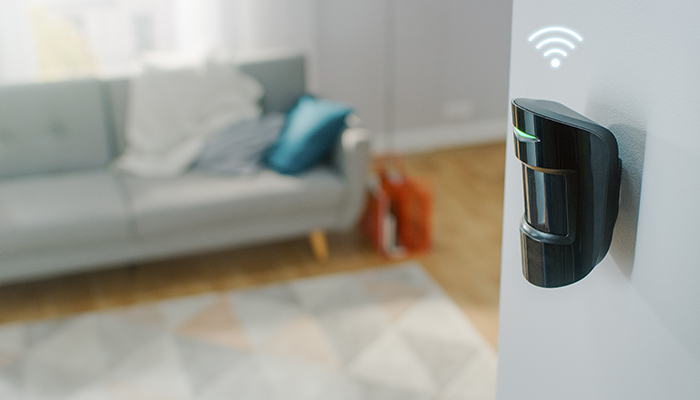
From sensors and cameras to remote alarm systems, today’s marketplace offers a plethora of technology to help older adults safely age in place. Those devices with monitoring features are particularly useful if your loved one lives on their own, whether near to you or far away. Indeed, many apps and devices can help you stay up to date despite distance and separate households. The options, however, can be overwhelming!
The following questions can help you sort through priorities:
- Who will be in charge of the devices and apps? Is the technology simple enough for your loved one to install? To operate? Will they need a smartphone? Who do they call with questions?
- Do you have your loved one’s permission? Cameras, sensors, and alarms, no matter how well intended, are an invasion of privacy. Is the benefit of greater security a trade-off your relative has agreed to?
- Are the data adequately protected? Perceptive devices absorb an amazing amount of information about lifestyle, interests, and health concerns. Where are these data stored? Who has access? Besides monitoring, how are the data used? Are they sold to others? For what purpose?
- Can devices be managed together in one place? Consider there might be one app for the doorway and windows, another for the smoke detectors, and a third for medications. Is there any way they can coordinate on a central dashboard? What if you add others?
- Who gets the first call? A 24/7 service? You? An emergency responder? Monitoring functions exist most often to identify a problem quickly and send help. Are you prepared to be the first call and respond night or day? An automated service can alert 911, but what about false alarms? A service with a live person on the other end offers superior security and flexibility. It may not be cheap, but neither is the emergency medical service bill from a false alarm!

